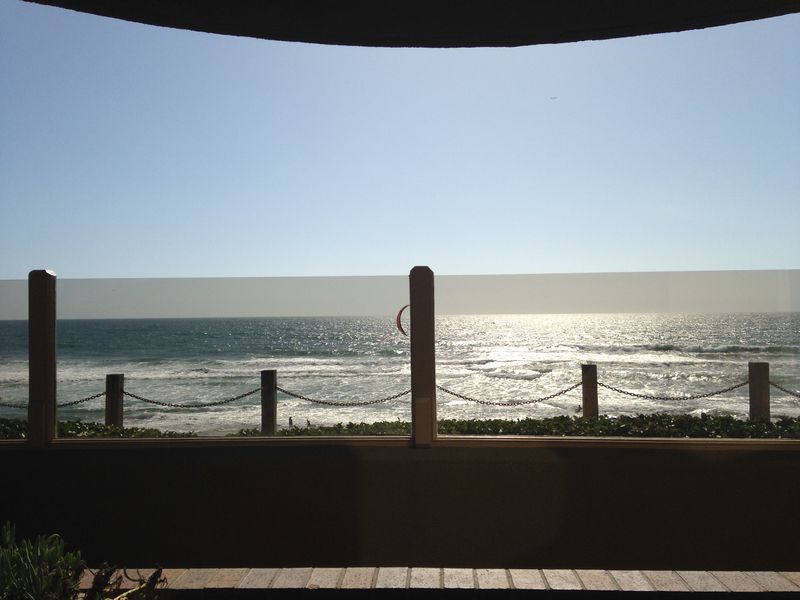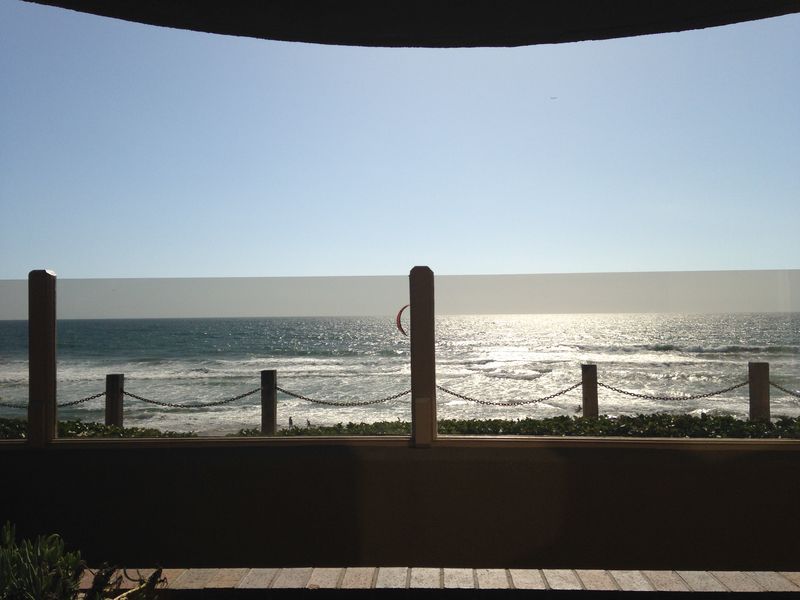Passive Houses

We all know that having an airtight house cuts down on our heating and cooling costs. But how tight do they need to be? Is it really necessary to have an extremely high performance house or should we be somewhere in the middle? Well, in the next few blogs I will be discussing insulation as well as air tightness and several methods that can be used to achieve the specific goal you want to strive for.
The first standard I want to talk about is called Passive Houses. Passive Houses are an energy standard that can bring down a building’s heating and cooling loads by 90% over standard construction. There are clearly defined targets that the house must achieve to gain the Passive House status. It uses super insulation methods along with air tightness and other methods to reduce heating and cooling loads to such low levels that the house can be operational through mostly passive measures and minimal active measures. So, how is this achieved? Here are the 6 main objectives:
Insulation:
The building envelope must consist of highly insulated exterior walls, roof and floor. This keeps the desired warmth in the house or undesirable heat out.
Windows:
Highly efficient triple pane windows are a must. They also need to be low-e glazing, argon-filled and have airtight frames. With these windows on the coldest day of the year, you can touch the glass and it will not feel cold!
Thermal-Bridge Free Design:
This means no part of the structure can act as a roadway for heating energy that can travel and escape right through your walls.
Super-Tight Construction:
With the Passive House standard, air infiltration can be no greater than 0.6 air changes per hour, at 50 pascals. That is a super airtight house!
Sun Exposure:
Orient your home so that the sun helps to heat it. Sun exposure can really help to keep your energy costs down.
Air Exchanges:
With a super tight house, clean fresh air is a must. By using an Energy Recovery Ventilator your house will experience 7 complete air exchanges in 24 hours.
So, you might be thinking that this is pretty extreme. You also might be wondering how expensive this is. Initially the costs may be higher, but over time your energy costs would skydive. This is just an overview of the Passive House method, but it demonstrates some things that we could do within our houses to help save energy and therefore become less energy dependent.

